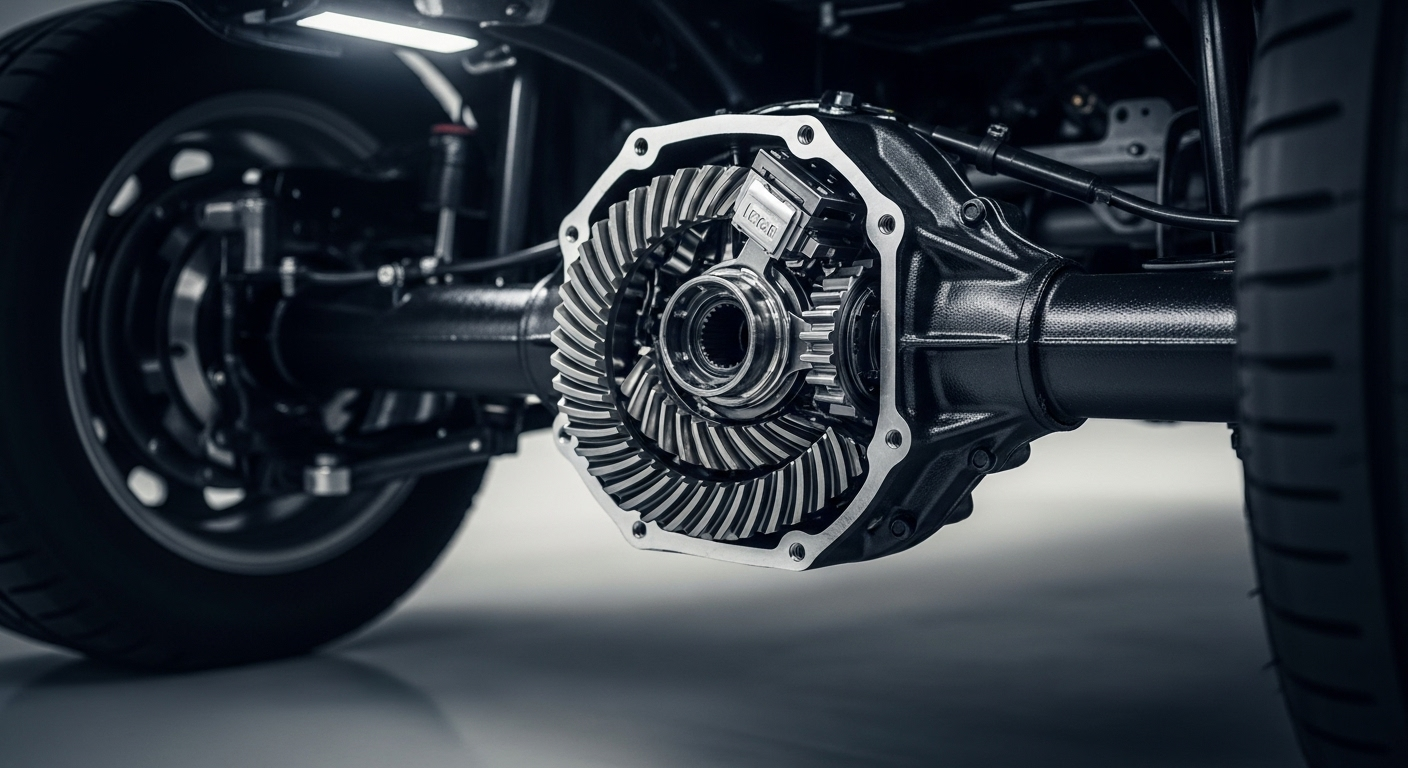Unveiling the Hidden Power of Automotive Differential Technology
You might not give it much thought, but the differential—one of the unsung heroes of your car's mechanics—plays an indispensable role in your vehicle's performance. This intricate piece of engineering enables your car to maintain control during a turn, distributing varying amounts of torque to the wheels. Let's delve into the fascinating world of automotive differentials, their historical evolution, and the latest advancements in this field.

The Genesis of Differential Technology
The invention of the differential dates back to ancient times. The Antikythera Mechanism, a Greek astronomical device from 150-100 BC, is often cited as the first known differential gear. However, it wasn’t until the advent of motor vehicles that the differential’s true potential was realized. Early car models featured rudimentary, fixed-axle systems that made turning difficult and strenuous. The introduction of the differential was a game-changer, enabling smoother and more controlled turns.
Understanding the Mechanics of a Differential
The differential’s primary role is to distribute the engine’s torque to the wheels, allowing them to rotate at different speeds during turns. When a car is turning, the wheels on the outside of the turn have to cover a greater distance than the inner wheels, necessitating different speeds. Without a differential, both wheels would spin at the same speed, leading to tire wear, reduced grip, and less control.
The Evolution of Differential Systems: From Open to Limited-Slip
The traditional ‘open’ differential, while effective, has a significant drawback—it tends to send power to the wheel with the least grip. This problem led to the development of the limited-slip differential (LSD). LSDs use various mechanisms to limit the speed difference between the two wheels, ensuring that even if one wheel loses traction, the other still receives power. This improvement greatly enhances performance, particularly in high-power vehicles or off-road situations.
The Advent of Electronic Differentials
With the rise of computer-aided driving, differentials have also embraced the digital age. Electronic differentials, or e-differentials, use complex algorithms to calculate the optimal distribution of torque for any given situation. This technology allows for unprecedented control and stability, particularly during high-speed cornering.
The Impact of Differential Technology on Driving Dynamics
The significance of differential technology extends far beyond merely making turns smoother. It impacts overall vehicle stability, handling, and performance. Modern differential systems also contribute to fuel efficiency by ensuring optimal power distribution. However, the technology isn’t without its challenges. As differentials become increasingly complex, their cost, maintenance needs, and potential for failure rise.
In conclusion, differential technology, while often overlooked, plays a critical role in shaping our driving experiences. From the ancient Greeks to today’s high-tech cars, the evolution of differential technology is a testament to human ingenuity and the relentless pursuit of improvement in the automotive world. As we look towards the future, continued advancements in differential systems promise to further refine our vehicles, making them safer, more efficient and more enjoyable to drive.




